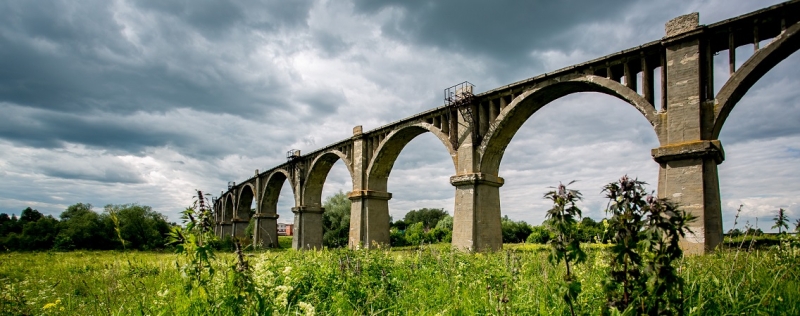
For some reason, even regions not very far from Moscow are undeservedly deprived of the attention of tourists. For example, the Chuvash Republic is a picturesque Volga region bordering on the much more popular Tatarstan and Nizhny Novgorod region. It is worth coming here for those who are looking for a secluded holiday on the banks of the Volga and want to get acquainted with the small nationalities inhabiting Russia. Read about interesting places in the region in our article.
How to get there: The fastest way is by plane (from Moscow the flight time will be about 1.5 hours, from 3500 rubles*), but you can also by train (about 13 hours, ticket prices start from 1300 rubles*).
Cheboksary
The capital of Chuvashia is not very big; a day is enough to get to know it. Guests of Cheboksary note the cleanliness and large number of trees on the streets; it is not for nothing that it is considered one of the most environmentally friendly cities in Russia. The main attraction of this place is the Cheboksary Bay: it is located where the Cheboksary River flows into the Volga. Both tourists and the townspeople themselves come to stroll along the embankment: there are restaurants and bars here, there are several beaches, and you can go on a boat or catamaran ride. Museums, squares and churches are within walking distance.
Nearby is the Historical embankment with the building of the Cheboksary river port. The symbol of the republic is installed here – the monument to the Patron Mother “Anne Pirosti”, which rises 46 meters above the Volga. The statue in national clothes symbolizes the boundless love of a mother for her children – the Chuvash people.
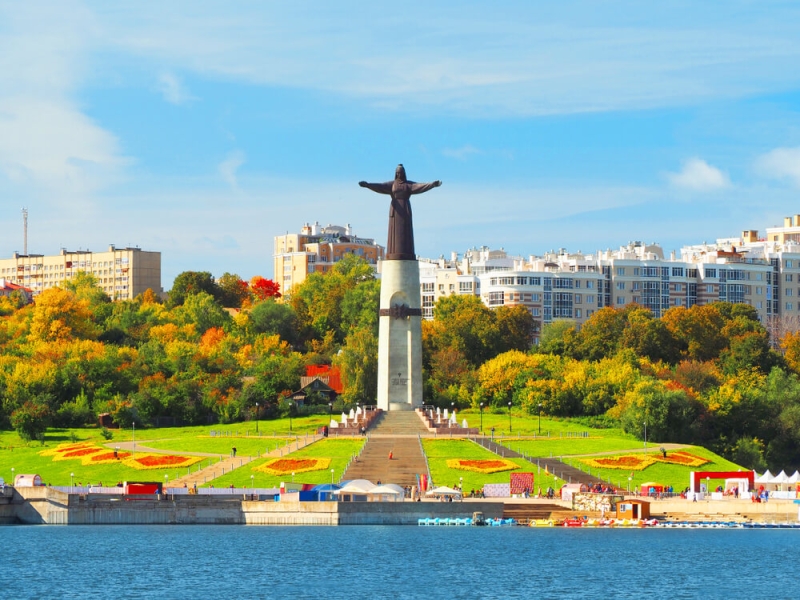
The central pedestrian street is called Merchant Efremov Boulevard. There are several historical mansions on it, and there is also a permanent fair with local goods and souvenirs. There is also a beer museum here: for a long time, most of the hops of the Russian Empire were grown in Chuvashia. Here you can learn about the features of ancient brewing; tasting is also included in the tour. Other interesting locations in the city include the Chapaev Museum, which reveals little-known chapters of the Civil War period, and the Chuvash National Museum with a rich archaeological collection and exhibitions dedicated to the culture of the republic.
For architecture lovers, we recommend taking a look at the Church of the Resurrection, built in the mid-18th century and famous for its ancient frescoes on which salt appears (in Soviet times, the building was used as a salt warehouse). Don’t forget to also visit the Church of the Archangel Michael, built in 1702, the large-scale Holy Trinity Monastery, established by order of Ivan the Terrible, and the Vvedensky Cathedral, the construction of which took about a hundred years.
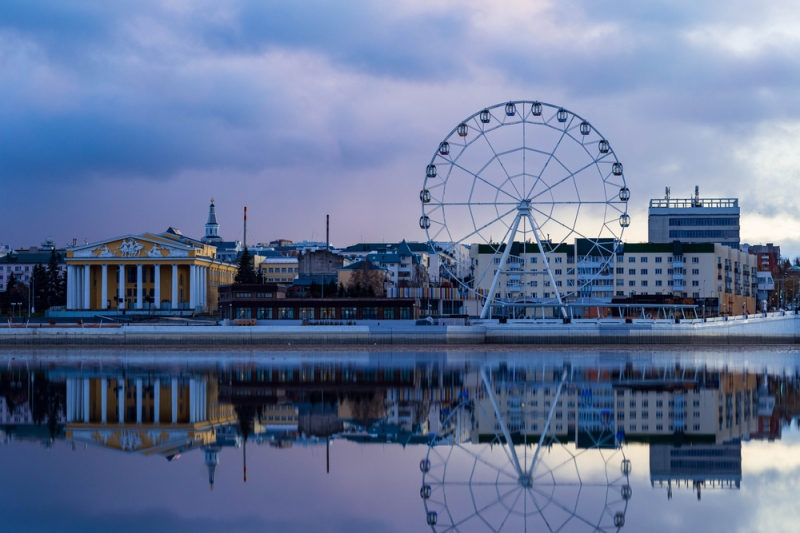
There are many cozy green squares and parks in Cheboksary. If you want to take a walk in the shade of trees, come to the Botanical Garden: on an area of 178 hectares you can find not only rare plants, but also the Kukshumka River, and also numerous springs. Lakreevsky Forest, the central park of culture and recreation, is also popular among local residents, and in 2009 it won the “Amusement Park” category at the “Crystal Wheel” competition. There are attractions for children, shady alleys and gazebos that can be rented for barbecuing.
While in Cheboksary, don’t miss the chance to get acquainted with the national cuisine: for example, in the “Ekhrem Khusa” restaurant you can find almost all the most famous Chuvash dishes – shӑrtanchiki (liver and rice balls), shӑrttan (lamb sausage), kyzlyk (dry-cured horse meat ), shurpa and baked beef heart.
We recommend staying in the city at the Manor House Boutique Hotel, stylized as boyar chambers. The cost of a night in a double room is from 4 thousand rubles.
Ethnographic Park “Suvar”
The park of wooden ritual sculpture is located not far from Cheboksary, on the left bank of the Volga. There are more than a hundred Yupa statues dedicated to national mythology, ornamentation and symbolism. The creators of this place strive to introduce everyone to the culture of the Chuvash (Suvar) people, about which residents of other regions of Russia know almost nothing. The ritual sculpture itself was an important part of the ancient paganism of the republic: then people believed that the soul of a person after death settled in the bark of a tree.
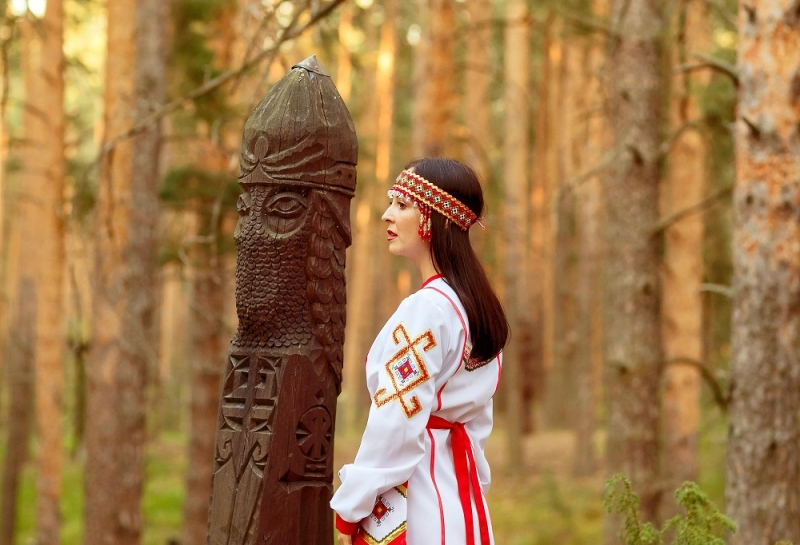
Suvar Park was founded in 1993 by local artists, sculptors and craftsmen. It appeared in a pine forest and today occupies 7 hectares. The territory is divided into three parts: Golden Mountain (figures of deities), Silver Mountain (figures of people) and Copper Mountain (figures of spirits). From Cheboksary to the park there are shuttle buses No. 204 and 333.
Ibresinsky Ethnographic Open Air Museum
Another opportunity to learn more about the Chuvash culture is to visit the Ibresin Museum. It is located in the village of Ibresi and represents reconstructed peasant estates of the late 19th – first half of the 20th centuries: a wooden house, a smoke hut, a two-story barn, a cage, a las (brewery), and a crane well. The complex also includes an art gallery depicting traditional craft activities in rural Chuvashia. In the brewery you can see how local beer was prepared according to a historical recipe from hops and malt grown in the same region. By the way, even the water for the process is collected from an existing crane well – this process is so authentic here.
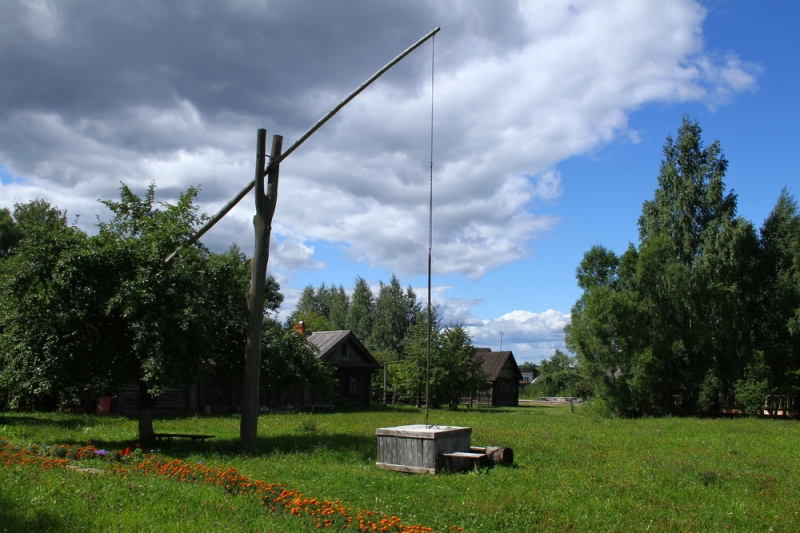
The museum hosts folk festivals, farmer’s fairs and theme nights. The visit can be combined with a visit to the surrounding villages: for example, Syurbeevka is famous for its holy spring with a font, and in the village of Malye Karmaly in the Trinity Church there is the Miraculous Icon of Healing of the Iveron Mother of God.
Baideryakovsky spring
Of course, Chuvashia is not only an interesting culture of a small nationality, but also a magnificent Volga region nature. For example, on the outskirts of the village of Baideryakovo in the Yalchinsky district there is a unique natural and architectural monument – the Baideryakovsky spring. It is an important infrastructure facility that was once key to providing water to the region. The spring building was built at the beginning of the 20th century: after several dry years, local authorities decided to revive and strengthen the natural spring that was coming out of the ground. Next to it is an ancient orchard with a system of cascading ponds. It is noteworthy that water from the spring is still used in nearby villages and farms. The monument is located just 40 kilometers from Cheboksary, the easiest way to get to it is by taxi.
Chavas Varmane National Park
This nature reserve is located on the banks of the Volga, in the Shemurshinsky district. It is relatively small: the park is about 24 km long and about 17 km wide. Here you can see firsthand how great the biodiversity of the republic is: there are areas of southern taiga and forest-steppe, dry forests and swamps. About a thousand species of plants grow here, many of which are listed in the Red Book. A 7-kilometer-long ecological walking trail has been laid through the most picturesque section of the park.
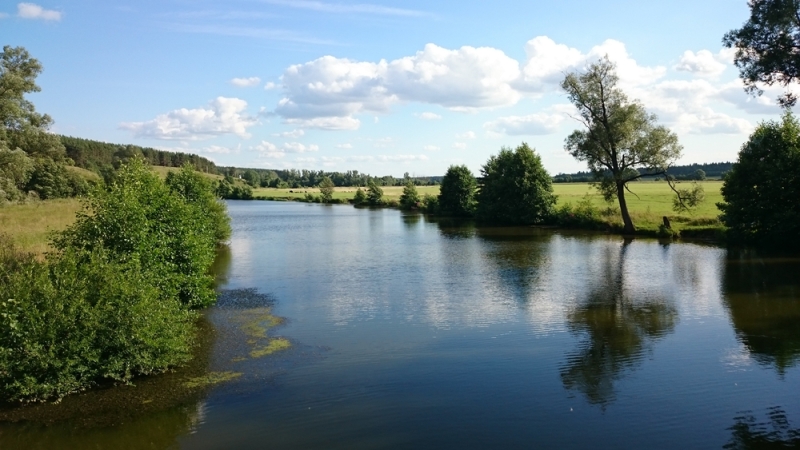
There are also historical objects on the territory of the reserve: a site for mining swamp iron ore, a cloth factory, and the Karlinsky abatis line, laid for defense against steppe inhabitants. Here you can also stay overnight in one of the forest cordons. The park also regularly hosts themed excursions and events: for example, dedicated to weaving from herbs, the day the harvest begins, or seasonal holidays. There’s even a mushroom festival.
Gosudareva Mountain
This viewpoint is located in the city of Mariinsky Posad approximately halfway from Kazan to Cheboksary. The height of the Sovereign Mountain is 195.6 meters, and historically this place is associated with the arrival of Catherine the Great to Chuvashia. They say that the empress came out here to admire the Volga, and the local nobility gave a luxurious dinner in her honor right at the top. During the meal, Catherine dropped a golden spoon: according to local legend, whoever finds it will find real happiness for life, which is why treasure hunters like to come to Sovereign Hill.
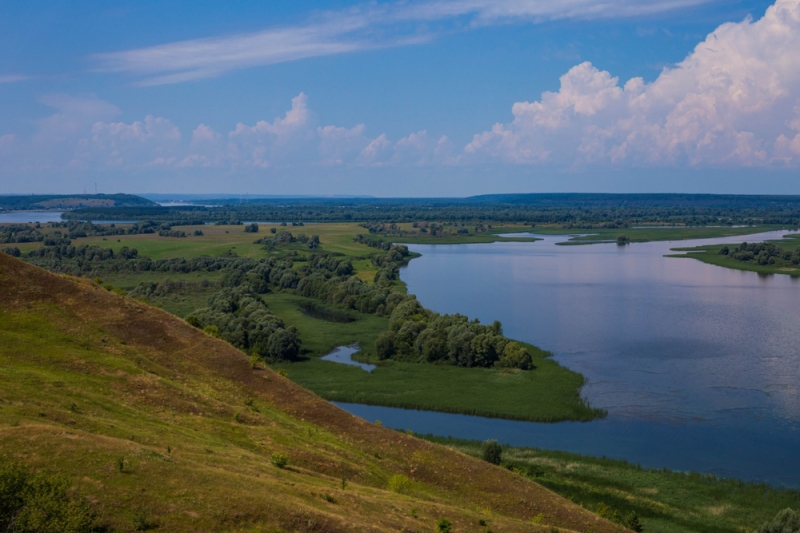
In addition to the magnificent view that opens from the observation deck of the Volga and the surrounding area, Mariinsky Posad is famous for the juniper grove in the Vodoleevsky nature reserve and the Beaver reserve, where, as you might guess from the name, beavers build their dams and nests. Among the man-made monuments of the city, the building of the Holy Trinity Cathedral in the pseudo-Russian style, built in the 18th century, deserves attention.
*Prices valid at time of publication.

